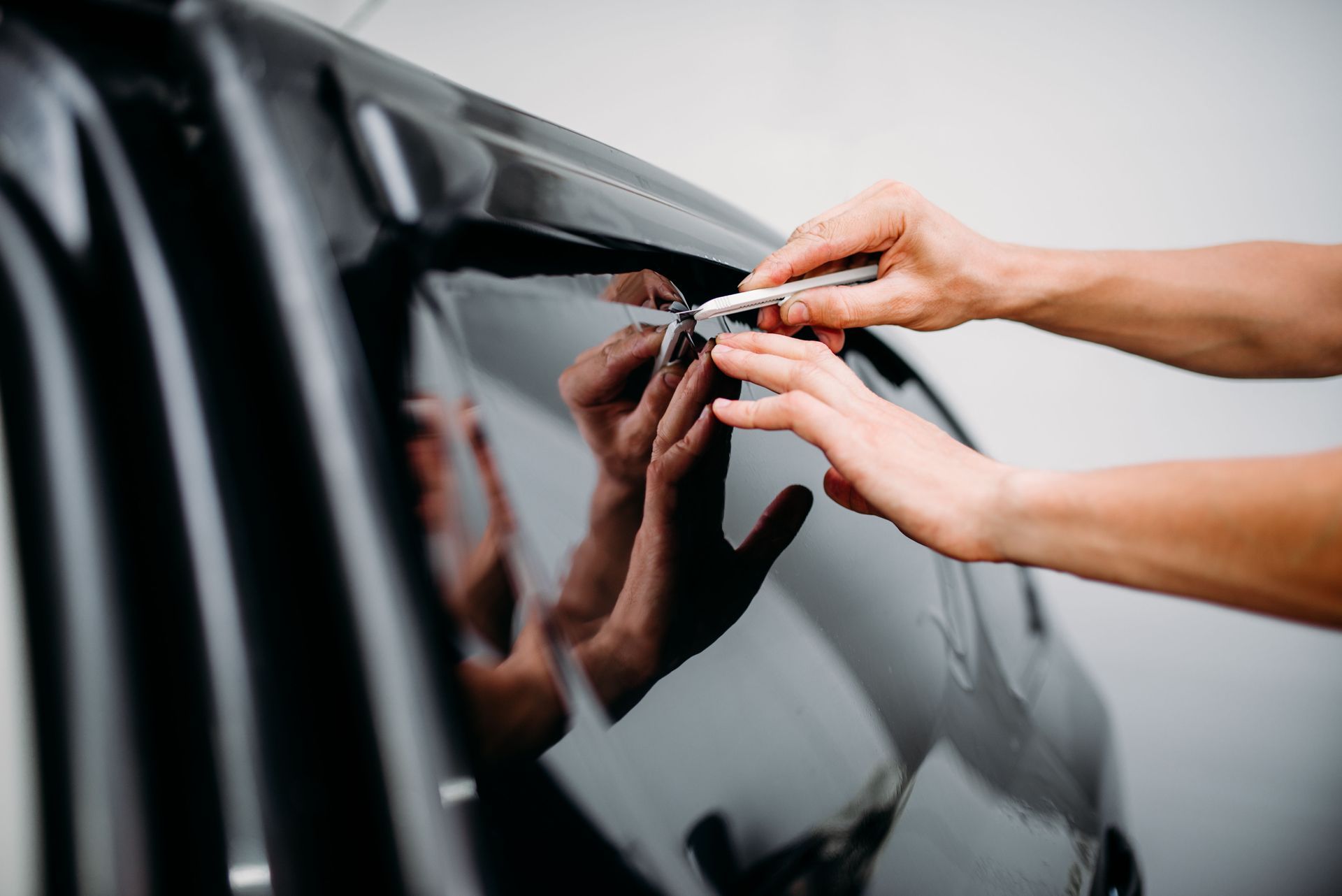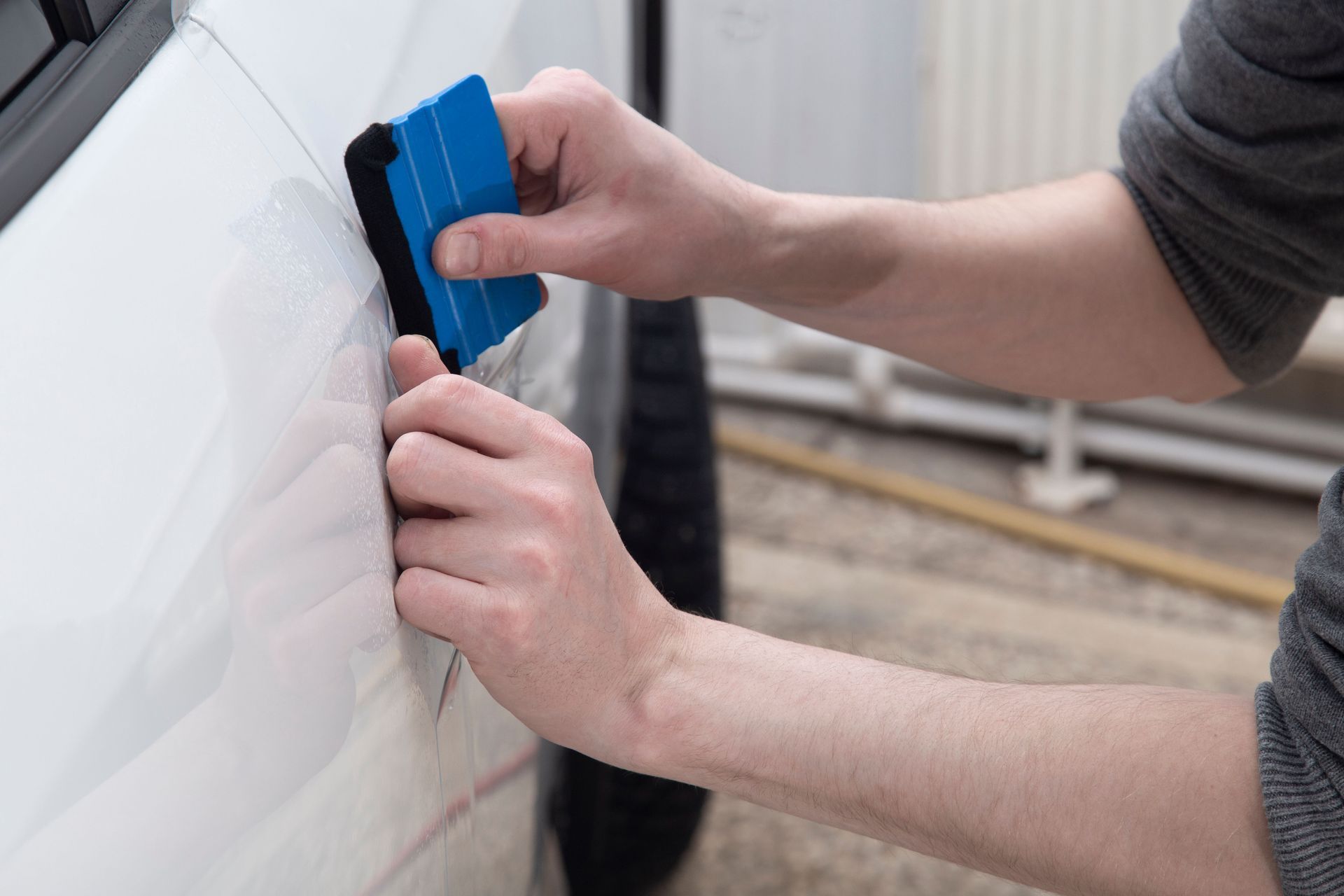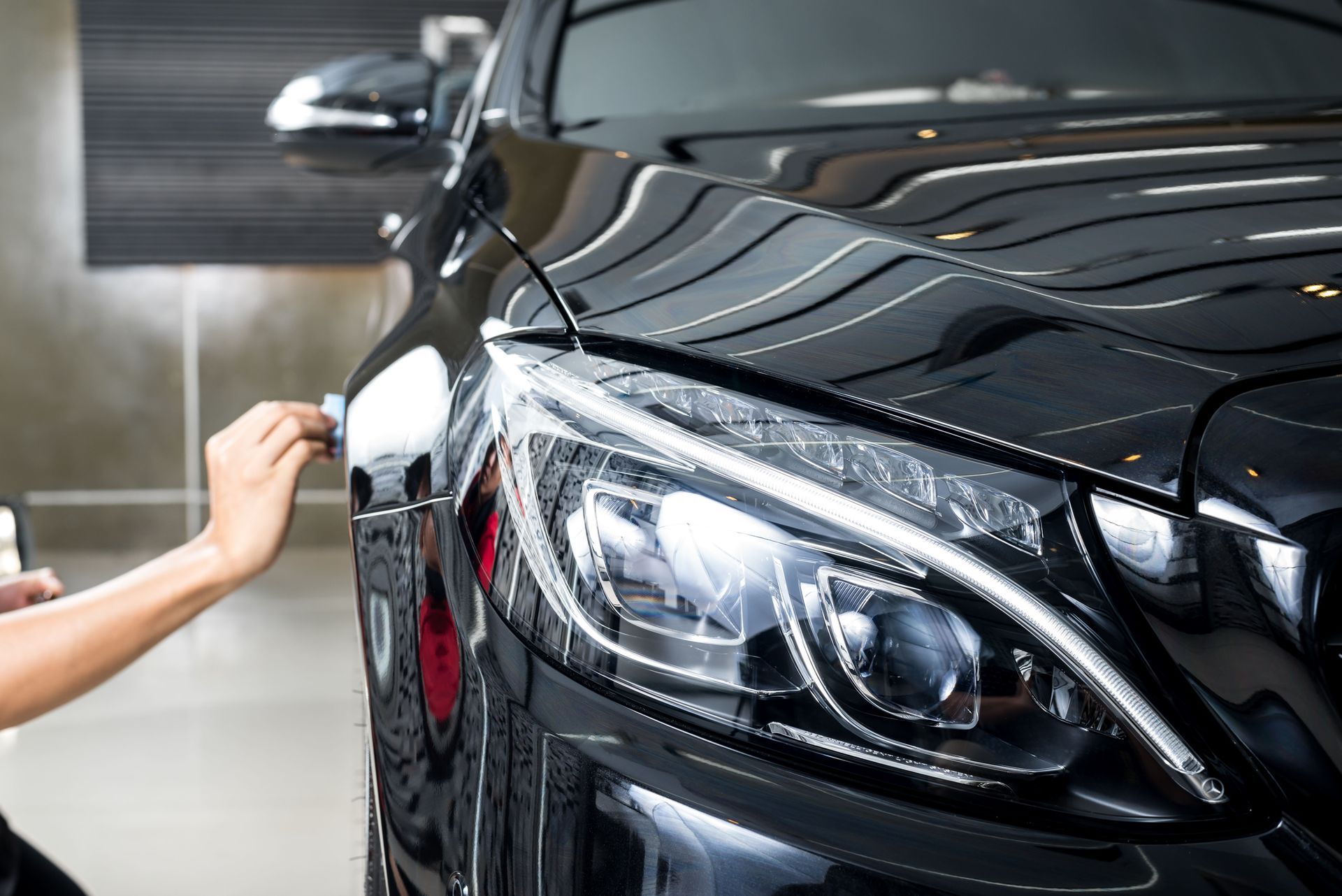How to Select the Best Auto Tint for UV Protection
Understanding the importance of auto tint for UV protection and the various factors to consider when selecting the right product is essential for safeguarding your car and health. As sunlight contains ultraviolet (UV) rays, prolonged exposure can lead to various harmful effects on both human health and vehicle interiors. Proper auto tinting not only mitigates these risks by blocking excessive UV rays but also enhances your vehicle's aesthetic appeal and comfort level. Considering the wide range of tint options available, selecting the suitable one involves evaluating its features, installation quality, and compliance with legal standards. This article delves into the critical aspects of auto tints for UV protection, guiding you toward making an informed choice.
Understanding UV Radiation and Its Impact
UV radiation is composed primarily of three types of rays: UVA, UVB, and UVC. UVA rays, making up about 95% of the UV radiation reaching the Earth, penetrate deep into the skin and contribute to premature aging and skin cancer risk. UVB rays are responsible for sunburns and can cause more immediate damage to the skin's outer layers, although they too can contribute to skin cancers. UVC rays are mostly absorbed by the Earth's ozone layer and therefore pose less risk to both humans and vehicle interiors. Understanding these types helps in choosing auto tints that effectively block harmful UVA and UVB rays.
Extended exposure to UV radiation poses significant health risks, including skin cancer, premature skin aging, and cataracts. Not only is this exposure problematic while outdoors, but it also affects those inside vehicles, as windows typically do not block all UV radiation. Particularly, persons who spend significant time driving or riding in vehicles face an increased risk of cumulative UV exposure. Awareness of these risks heightens the importance of UV-blocking auto tints in cars to protect against long-term detrimental health effects. Consequently, choosing the right tint becomes a vital decision for personal health and well-being.
UV rays do not solely threaten human health; they can also cause extensive damage to vehicle interiors. Continuous exposure to sunlight can fade and deteriorate leather and fabric upholstery, dashboard materials, and other interior components. Such degradation not only diminishes the aesthetic and comfort value of your car but can also lead to financial loss through repair and replacement costs. The in-vehicle personalization market, projected to grow from $1.3 billion in 2021 to over $8.5 billion by 2028, according to Entrapeer, underscores the increasing consumer interest in maintaining and enhancing vehicle interiors. Therefore, investing in quality auto tint is imperative for preserving the condition of your vehicle's interior over time.
Auto tints play a pivotal role in protecting against the harmful effects of UV radiation. By absorbing or reflecting UV rays, specialized window films reduce the amount of sunlight that enters a vehicle, providing a safeguard for both passengers and interiors. Modern tint technologies significantly cut down the UV exposure within vehicles, contributing to reduced health risks and interior degradation. As a result, selecting an effective auto tint is crucial in minimizing UV damage while ensuring enhanced driving comfort and energy efficiency. Understanding what constitutes a reliable and high-performing tint helps car owners make more informed choices.
There are various regulations about vehicle tinting that vary significantly between regions and states. These laws dictate the allowable level of darkness and reflection to ensure visibility and reduce risks associated with excessively dark windows. Understanding these regulations is crucial for vehicle owners to avoid legal issues while ensuring their selected tint complies with local requirements. Besides ensuring legality, these laws also advocate for balanced UV protection that does not compromise driving safety. Hence, being familiar with relevant legislation is a key part of choosing the right auto tint for UV protection.
Types of Auto Tint Films
Dyed window tint is one of the most economical options available for car owners seeking to enhance UV protection while maintaining privacy. This type of tint uses multiple layers of dyed film to block sunlight, absorbing solar energy and reducing on-road glare from other vehicles. Although it does not offer the level of heat reduction as more advanced films, dyed tints do effectively increase car aesthetics and mitigate UV radiation exposure. Another benefit of dyed tints is their non-reflective appearance, which gives a smooth and sophisticated look to any vehicle. Thus, these tints are a cost-effective option for those prioritizing appearance and basic sun protection.
Metalized window tints enhance UV protection by incorporating metallic particles into the film to reflect and block sunlight. This type of tint offers higher UV ray blockage compared to dyed films and provides strong heat reduction benefits, helping to keep interiors cooler. Additionally, metalized tints are durable and scratch-resistant, making them a favorable option for long-term protection. Despite these advantages, their metallic composition may interfere with cell phone and GPS signals, which is a consideration for tech-reliant drivers. Balancing advanced protection with potential drawbacks helps determine if metalized film is the right choice for one's needs.
Carbon window tints are recognized for their ability to block a significant portion of infrared light, preventing heat from penetrating vehicle interiors. This tint type does not contain metal, so it avoids potential signal interference issues found with metalized tints. Its rich appearance is favored by many for the added aesthetic value it provides while being efficient in maintaining cooler car temperatures. Carbon tints also offer substantial UV protection, reducing skin exposure risks and preserving interior materials. Their longevity and non-fading properties make carbon films a substantial investment for those seeking durable and effective window tint solutions.
Ceramic window tints represent one of the most advanced technologies available for automotive glass protection. These tints block up to 99% of UV rays and have high heat rejection properties without affecting visibility, making them desirable for both UV protection and driving safety. The ceramic particles within the film do not interfere with electronic signals, ensuring seamless operation of cell phones, GPS, and radios. Notably, ceramic films offer a clear, non-reflective appearance, complimenting vehicle aesthetics while providing enhanced protection. For those willing to invest in top-tier performance, ceramic tints provide comprehensive protection combined with durability.
Hybrid window tints utilize a combination of dyed and metalized layers, offering a balanced solution that capitalizes on the benefits of both types. This combination results in enhanced UV blockage and heat reduction while potentially minimizing signal interference associated with purely metalized tints. Hybrid films are particularly appealing to those seeking a moderate price point with effective performance. In addition to their reasonable cost, they provide a non-reflective, stylish appearance, appealing to a wide range of vehicle owners. The dual-layer approach exemplifies how hybrid tints can deliver comprehensive sun protection while accommodating various consumer needs.
Budgeting for Your Auto Tint
The cost of auto tint varies based on several key factors, including the type of film chosen, brand reputation, and installation quality. Entry-level tints, such as dyed films, are more economical, while advanced films like ceramic tints can be significantly costlier due to their high-performance features. Moreover, installation fees can vary depending on professional expertise, service offerings, and location-specific factors. Budget-conscious consumers must weigh these elements to ensure they choose a tint option that suits financial and personal requirements. Comprehensive research and initial consultations can clarify cost expectations and empower wise investment decisions.
Achieving a balance between cost and features is fundamental in selecting the right auto tint that aligns with one's needs and budget. While some may prioritize aesthetic appeal and basic UV blocking at a lower cost, others might invest in top-tier thermal protection and longevity. Understanding the trade-offs involved in various tint types and their associated expenses aids consumers in making choices that fit unique lifestyle and vehicle usage patterns. Ultimately, finding this balance involves assessing individual priorities and performing cost-benefit analysis while considering long-term vehicle value. A strategically balanced choice supports satisfaction in both product performance and financial prudence.
Financing opportunities and promotional offers can provide financial flexibility for consumers wishing to invest in premium auto tints. Some retailers and service providers offer payment plans that allow costs to be spread over manageable installments, reflecting the industry's adaptation to growing consumer customization demands. Exploring available financing options ensures accessibility regardless of immediate budget constraints, facilitating investments in high-quality products. Promotional discounts may also provide temporary cost reductions, enabling more extensive exploration of advanced tint features. Consumers should investigate financing and offers, taking advantage of these options to obtain preferred tints within budget.
Looking for a professional auto tint service? Call Imperial Autosports today! We look forward to hearing from you and working with you in the near future!




Share On: